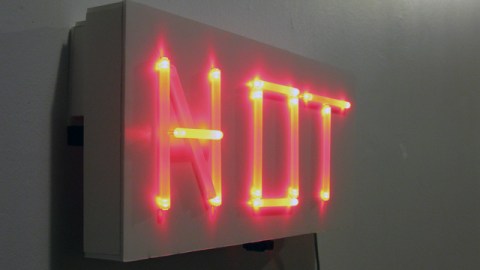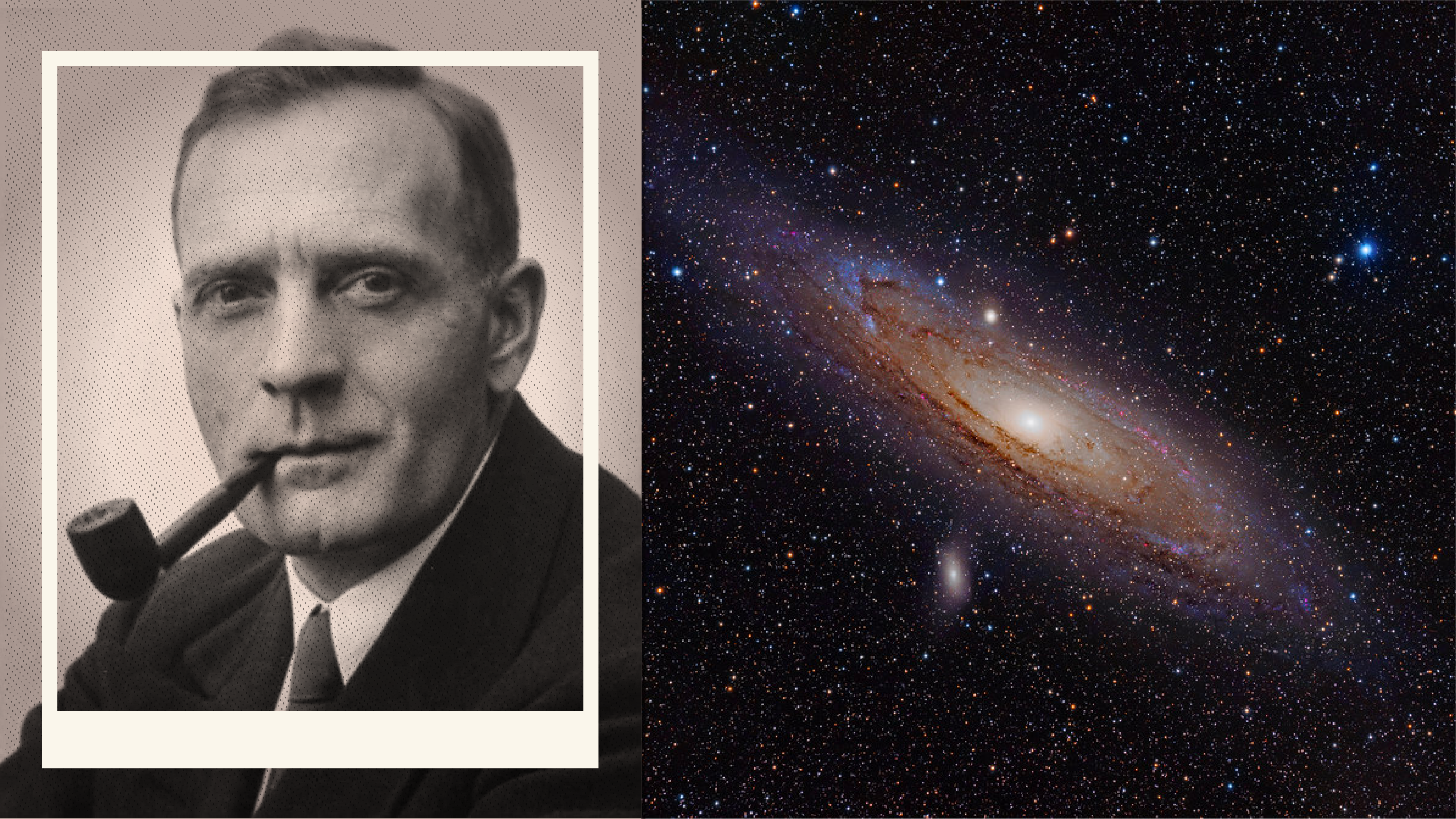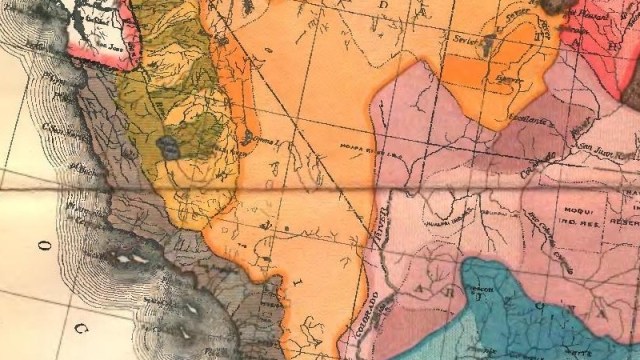If I’m Hot, Then Why Are You Not? (Part I)

I have theory, it is a personal theory not quite backed up by empirical evidence, that one of the reasons so many people are single is that they are poor judges of their position on the dating market. If you read online dating profiles, you often see that people write: “I’m not willing to settle, and neither should you.” This suggests that people have estimated the quality of mate that they should be able to attract and are unwilling to “settle” for anything less.
Many people overestimate where they sit in the distribution of qualities that will attract a mate, including physical appearance. For example, when asked on dating Web sites to rate their own appearance, less than 1% of participants report their appearance as “below average.” This wouldn’t be that surprising if a large number of people reported themselves as “average,” but only 29% of men and 26% of women feel that they look “like anyone else walking down the street.” This leaves 68% of men and 72% of women reporting that that are above average in terms of looks.*
Biased self-assessment isn’t confined to appearance; we are all funnier, smarter, kinder and—I am guessing here—better in bed than the average person. So why settle for someone who is average when you’ve got all that going on?
The paper I want to talk about today comes close to determining how well people estimate their place in the dating market using data collected from the Web site HOTorNOT.com.** The way “Hot or Not” works, for those who are unfamiliar, is that individuals place a picture of themselves on the site along with a few lines of text. Once logged on, the member can rate, on a 10-point scale, the level of hotness of other members based on pictures that appear on their screen in random order. If the member comes across someone that they would like to meet, they hit a “Meet Me” link and their interest in meeting is conveyed to the person in the photo. The data set used in this research reports the behavior of 16,550 members (75.3% male and 24.7% female). Each member viewed an average of 144 pictures over the ten-day period and each of the 2,386,267 observations in the data set is an individual decision to hit the “Meet Me” link. From the data, we know an individual’s rating of attractiveness, determined by other members on the site, and the level of attractiveness of the people she or he wants to meet.
Some of the results are not surprising. The higher the hotness rating of a member’s photo, the more likely that everyone wants to meet them. In fact, an increase on the rating scale by one point (say from 5 to 6) is associated with a 130% increase in the likelihood that someone viewing their photo will initiate contact. Male members appear to use a “shot-gun” approach; they are 240% more likely than female members to click on the Meet Me link. Also, males were more influenced by the level of hotness than females were; men were more likely initiate contact with more attractive women than women were with more attractive men.
Other results support my theory that people overestimate their place on the market. While hot people were picky when initiating contact, people with lower hotness ratings initiated contact with more people. In fact, a decrease by one on the rating scale (say from 6 to 5) was associated with 25% increase in the likelihood that the member will initiate contact. Less attractive people were more likely to initiate contact with less attractive people, suggesting that they are less discriminating, but they also indicated a preference for a person whose hotness rating was greater than their own.
On average, people had a likelihood of 30% of clicking “Meet Me” after viewing the picture of someone who had the same hotness rating as themselves. After viewing the picture of someone who had a hotness rating greater, say 3 or 4 points above their own, they were more than 40% likely to click “Meet Me.” After viewing the picture of those whose rating was lower, say 3 or 4 points below their own, the likelihood of clicking Meet Me dropped off sharply, below 10%. This suggests that people were more likely to initiate contact with members who were far less likely to initiate contact with them.
This may be evidence that single people overestimate their appeal on the market, but it also could suggest that individuals weigh the costs and benefits before clicking “Meet Me” and for less attractive people the benefits are more likely to outweigh the costs. For a less attractive person, initiating contact with someone who is significantly hotter than themselves is virtually free, especially if the person is unlikely to respond, and the benefit is high if they do. For more attractive people, initiating contact with someone who is significantly less hot than themselves is higher, since that person is more likely to response, and the benefit if they do is lower. If this is the argument, then Hot or Not members are not over-estimating their appeal on the market, they just don’t see any harm in aiming high.
I know this seems one-dimensional, and that appearance is only one of many qualities that people look for in a mate, but if singles confine their online contact to only those who are more attractive than themselves, then those other qualities become secondary to that one characteristic: appearance. People who constantly overestimate their attractiveness on the market are destined for rejection because the people they initiate contact with also overestimate their own attractiveness on the market and are unlikely to respond.
Most of us do find a mate eventually, and when that happens almost everyone ends up with a partner whose appearance ranks very similar to that of their own. Some people may call that “settling,” but economists just call it equilibrium. To see why this sorting takes place, check back for my next post: “If I’m Hot, Then Why Are You Not? (Part II)”
* “What Makes you Click? Mate Preferences and Matching Outcomes in Online Dating” by G. Hitsch, A. Hortaçsu, and D. Ariely
**Lee, Leonard, George Loewenstein, Dan Ariely, James Hong and Jim Young (2008).“If I’m Not Hot, Are You Hot or Not? Physical Attractiveness Evaluations and Dating Preferences as a Function of Own Attractiveness.” Psychological Science Vol. 19 (7): pp 669-677.





